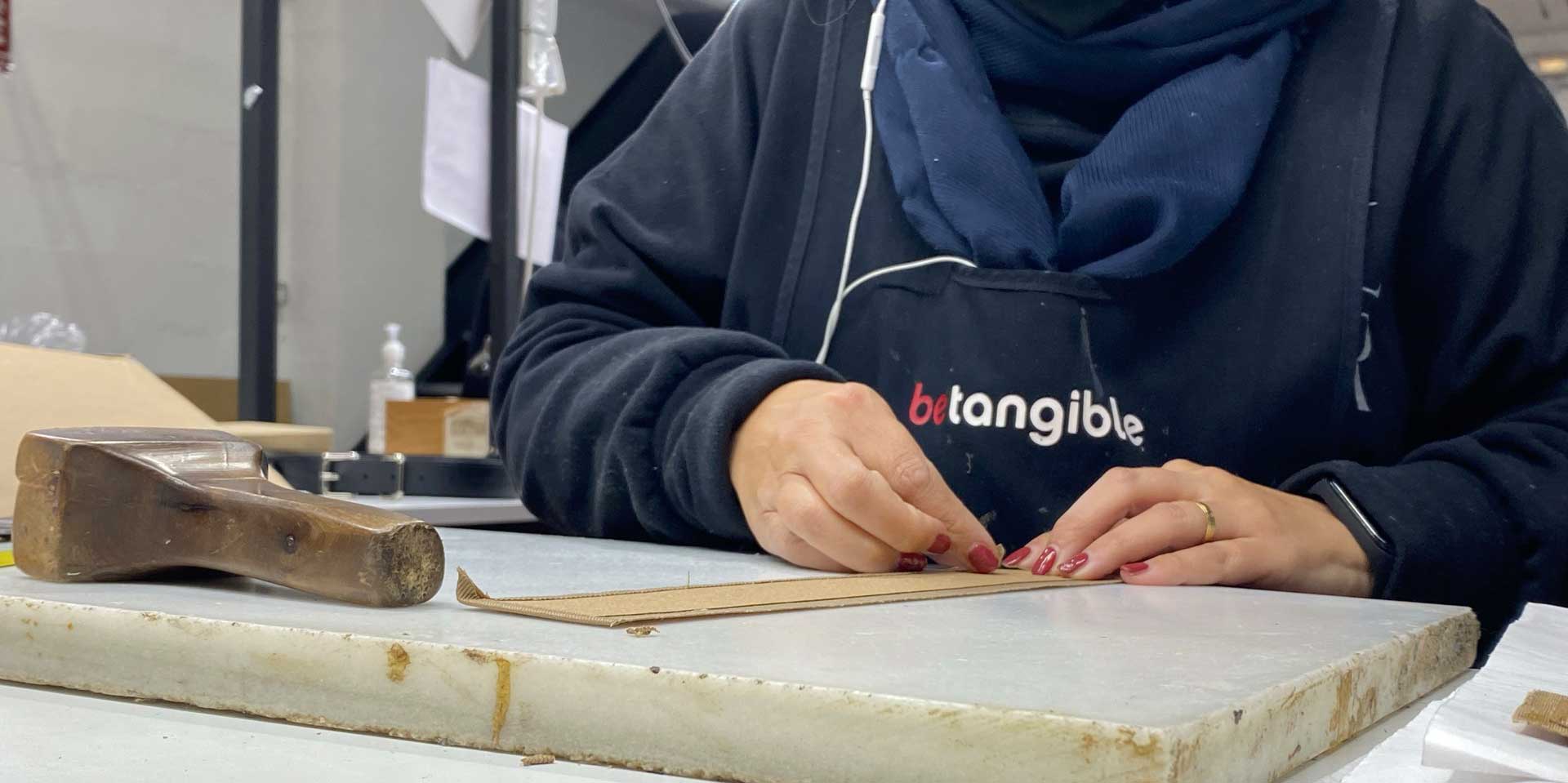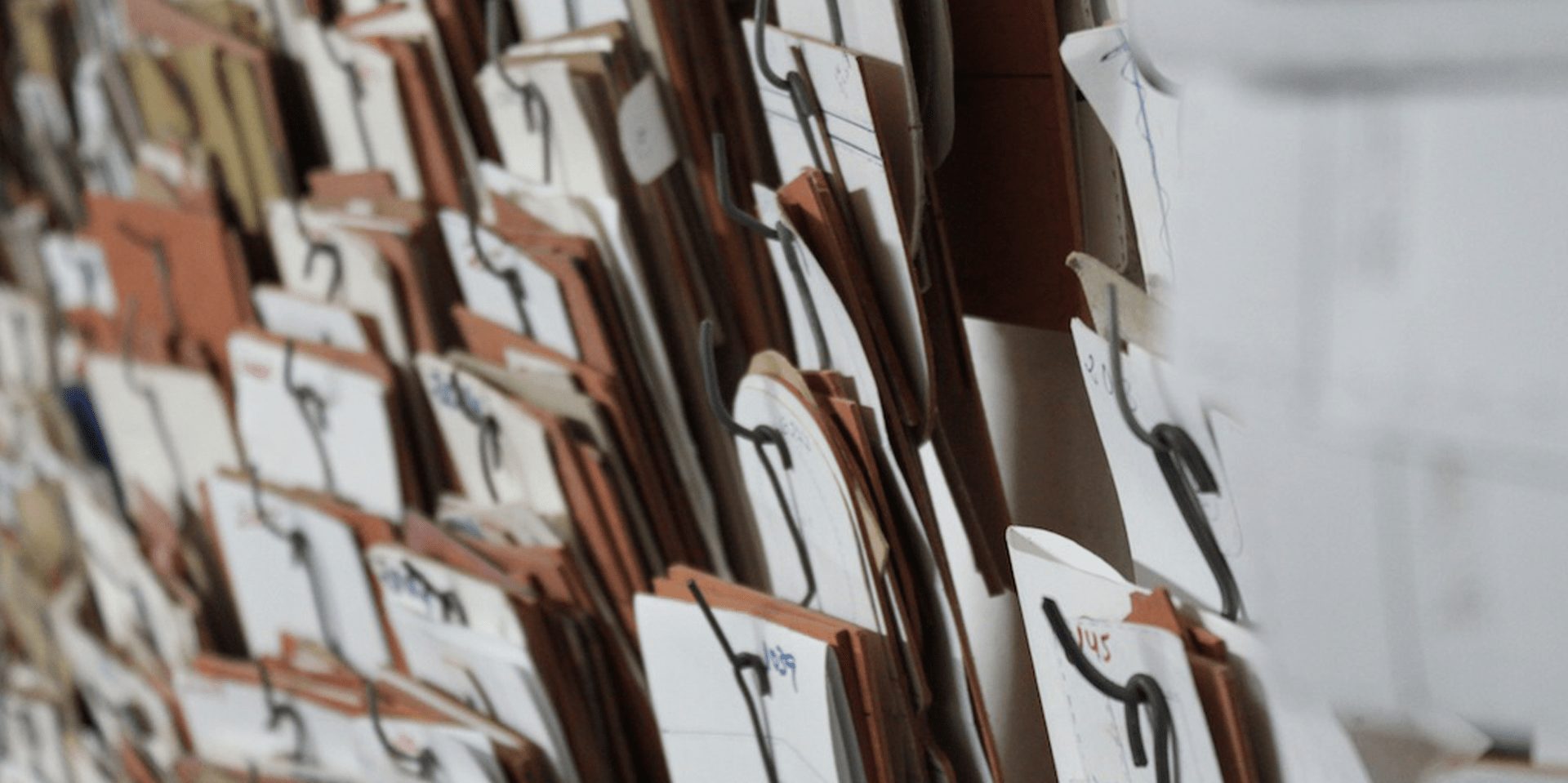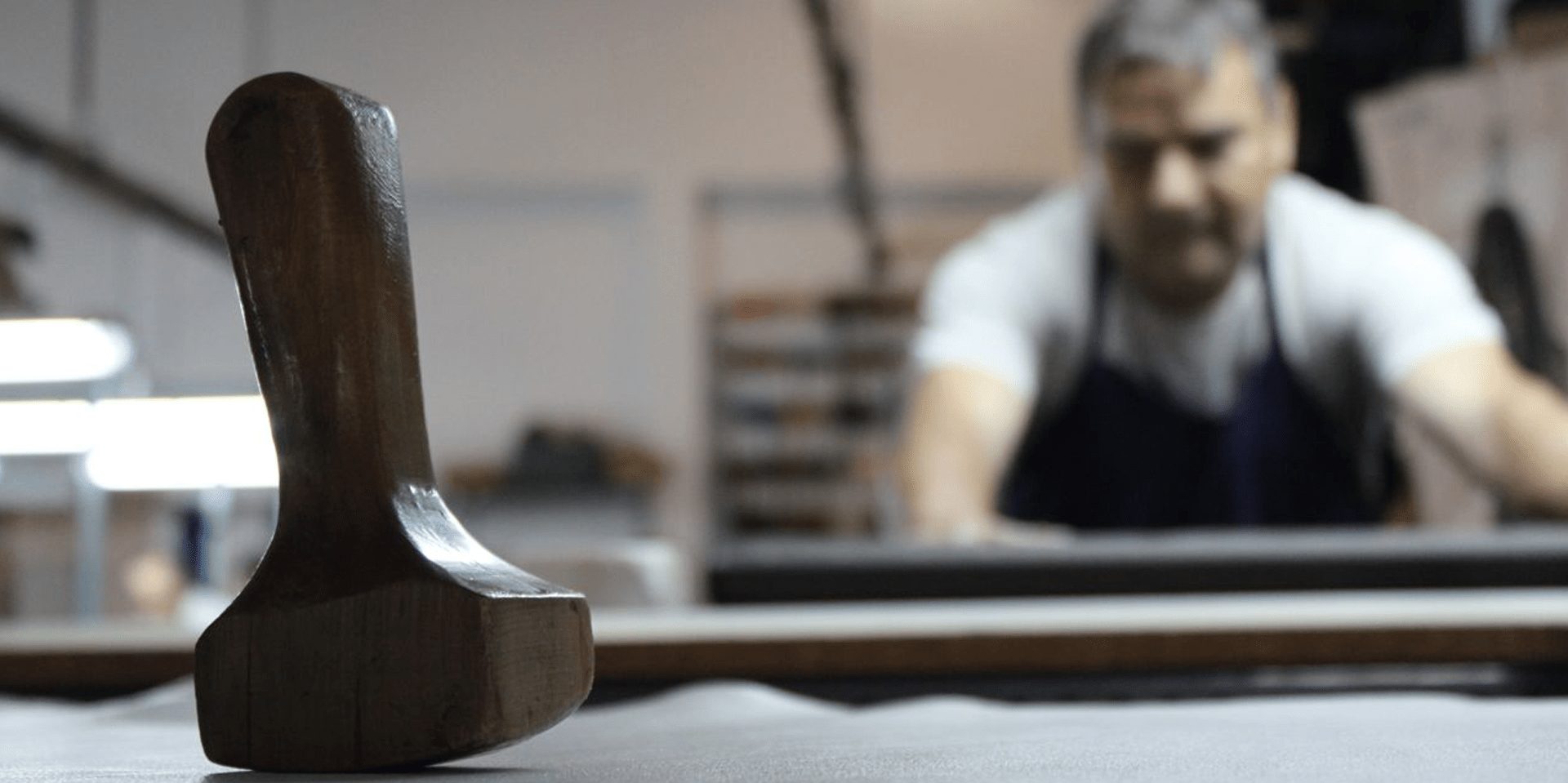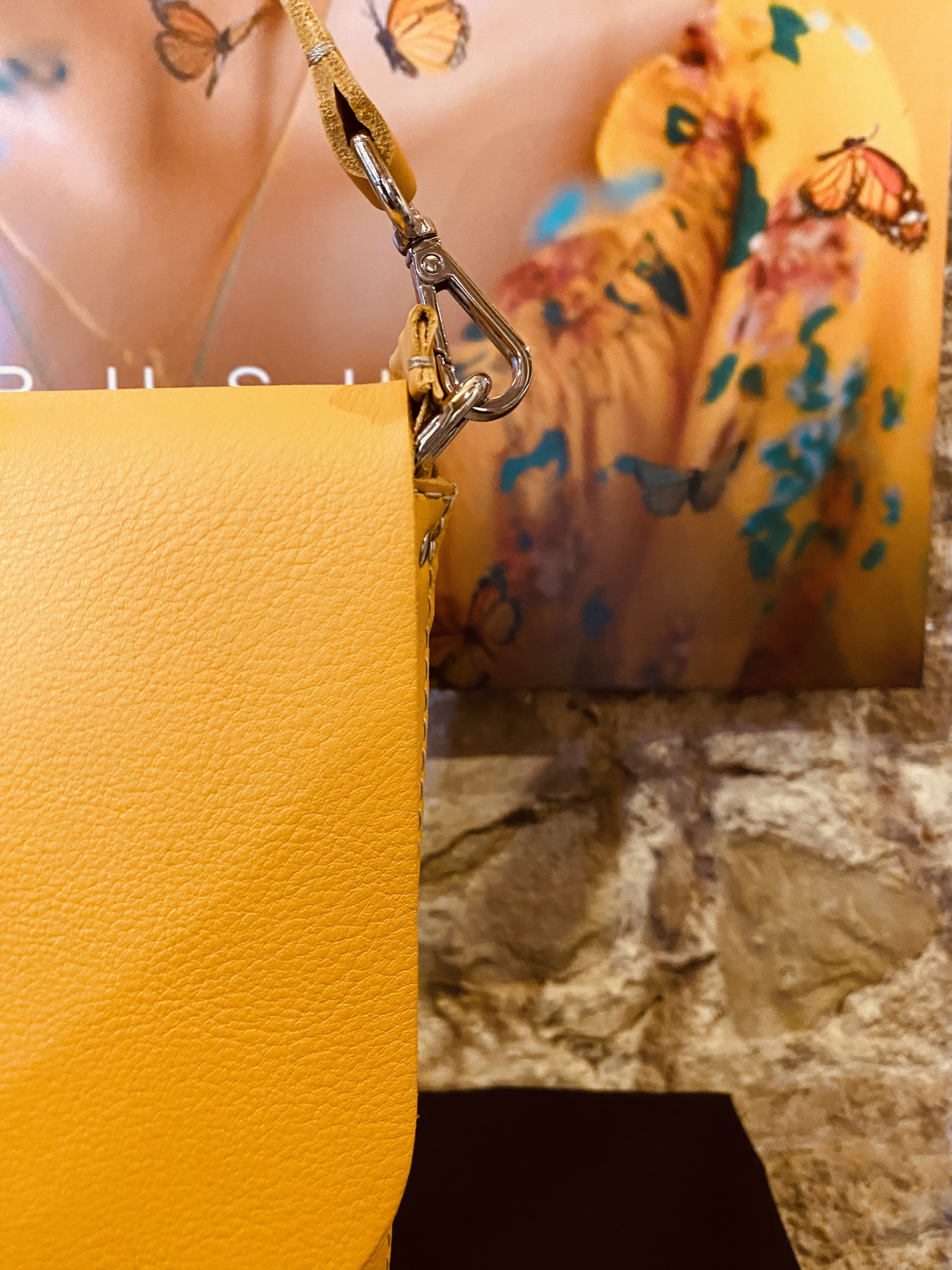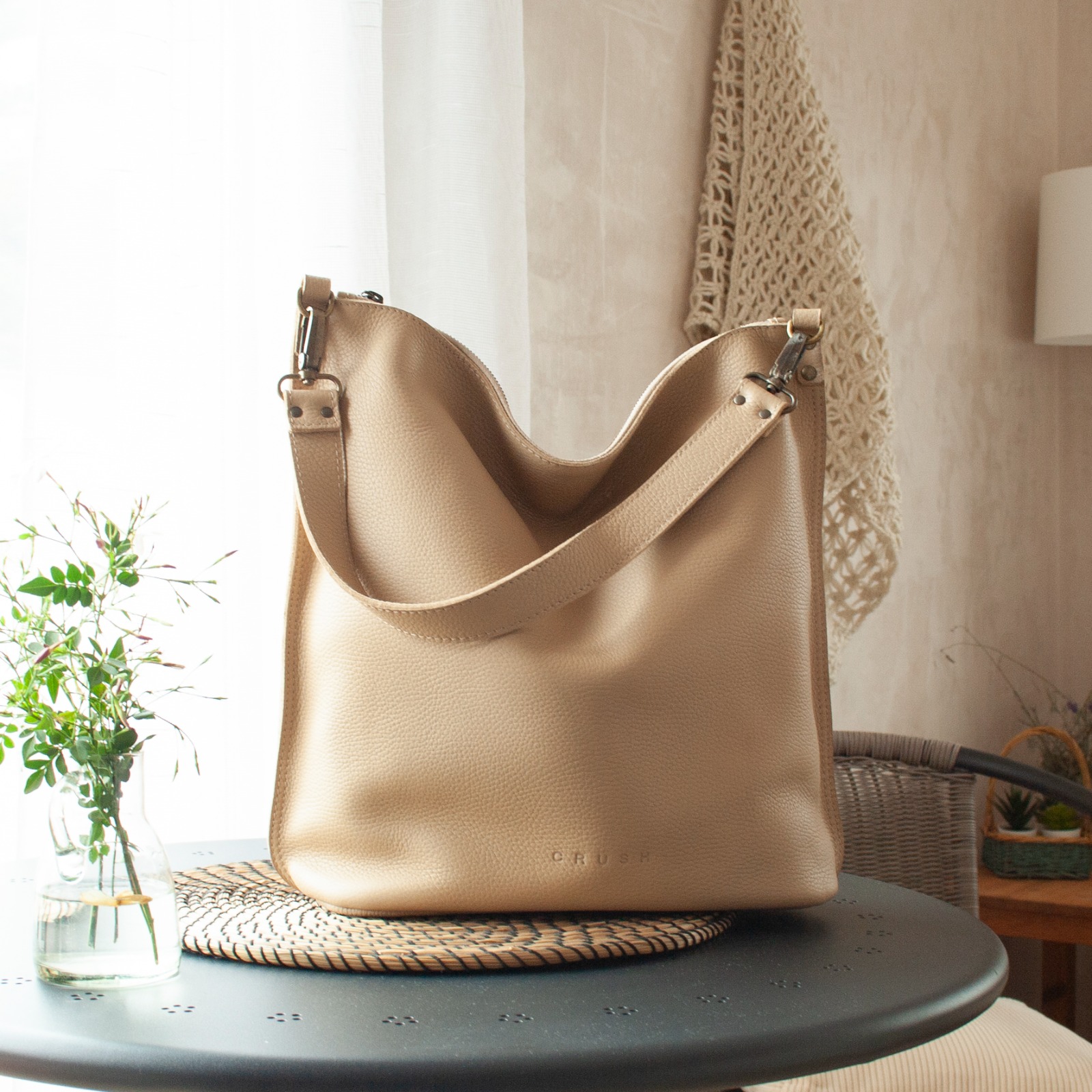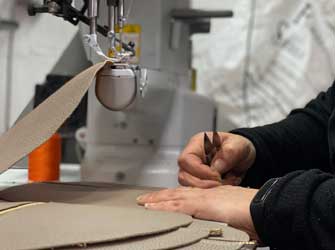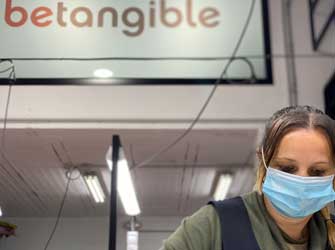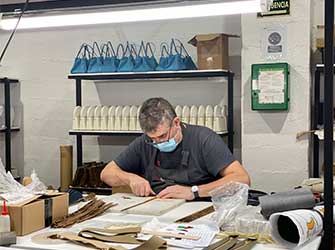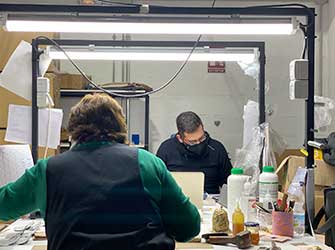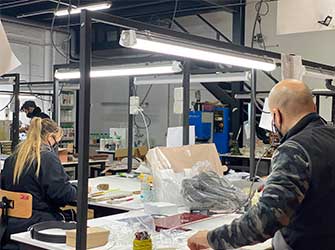Who we are
Betangible is a leather goods manufacturer based in Ubrique (Spain). We take care of all the processes in the creation of leather accessories so that the main ideas of our customers can come true (tangible). We have successful business relationships and testimonials in the fashion industry.
Leather goods manufacturing… Ubrique
A true story of adaptation to “the current times”

After “Bajo la Piel” event held in Ubrique from 21st to 24th of March, we’ve witnessed the abundance of talent…
After “Bajo la Piel” event held in Ubrique from 21st to 24th of March, we’ve witnessed the abundance of talent…
Leather Goods Manufacturing Training must attract the younger generations so that the know-how is passed to them Related posts: Ensuring…
Ubrique has been featured on Newspapers since 1845 Related posts: Leather Goods Manufacturers in Andalusia (Spain)… A Little Bit of…
Belen Rosado, a seasoned fashion professional, brings her extensive experience from prestigious fashion companies into the realm of sustainable luxury…

Contact us
Do you need help or do you want to get in touch with us?
Fill in the following form:
